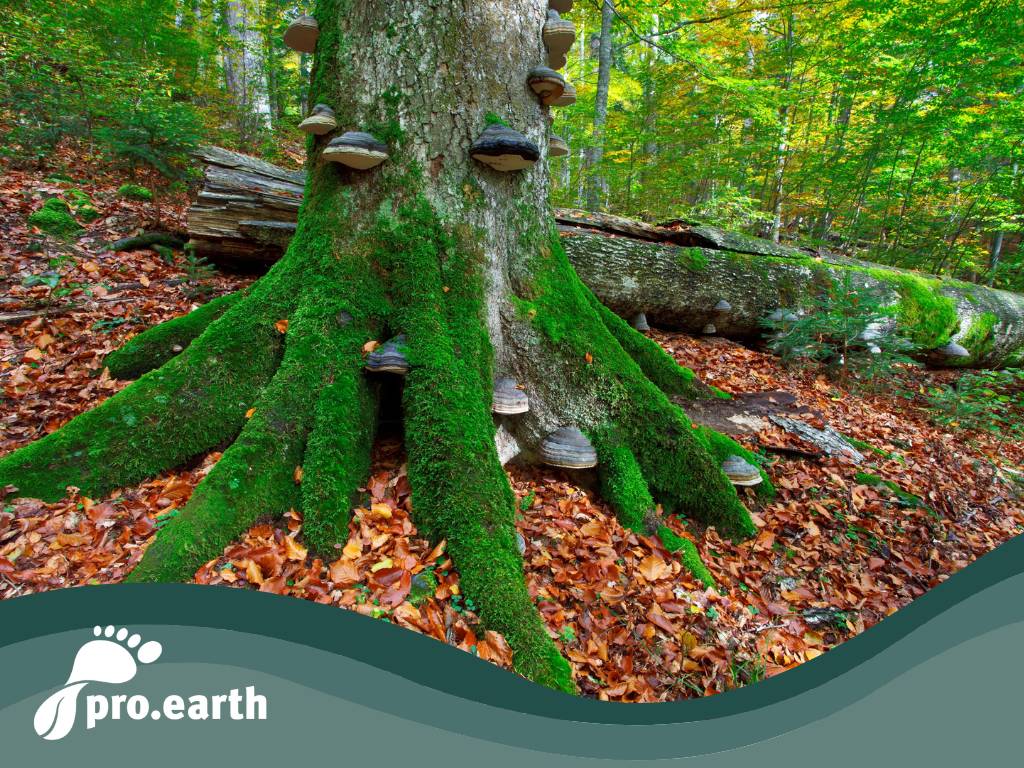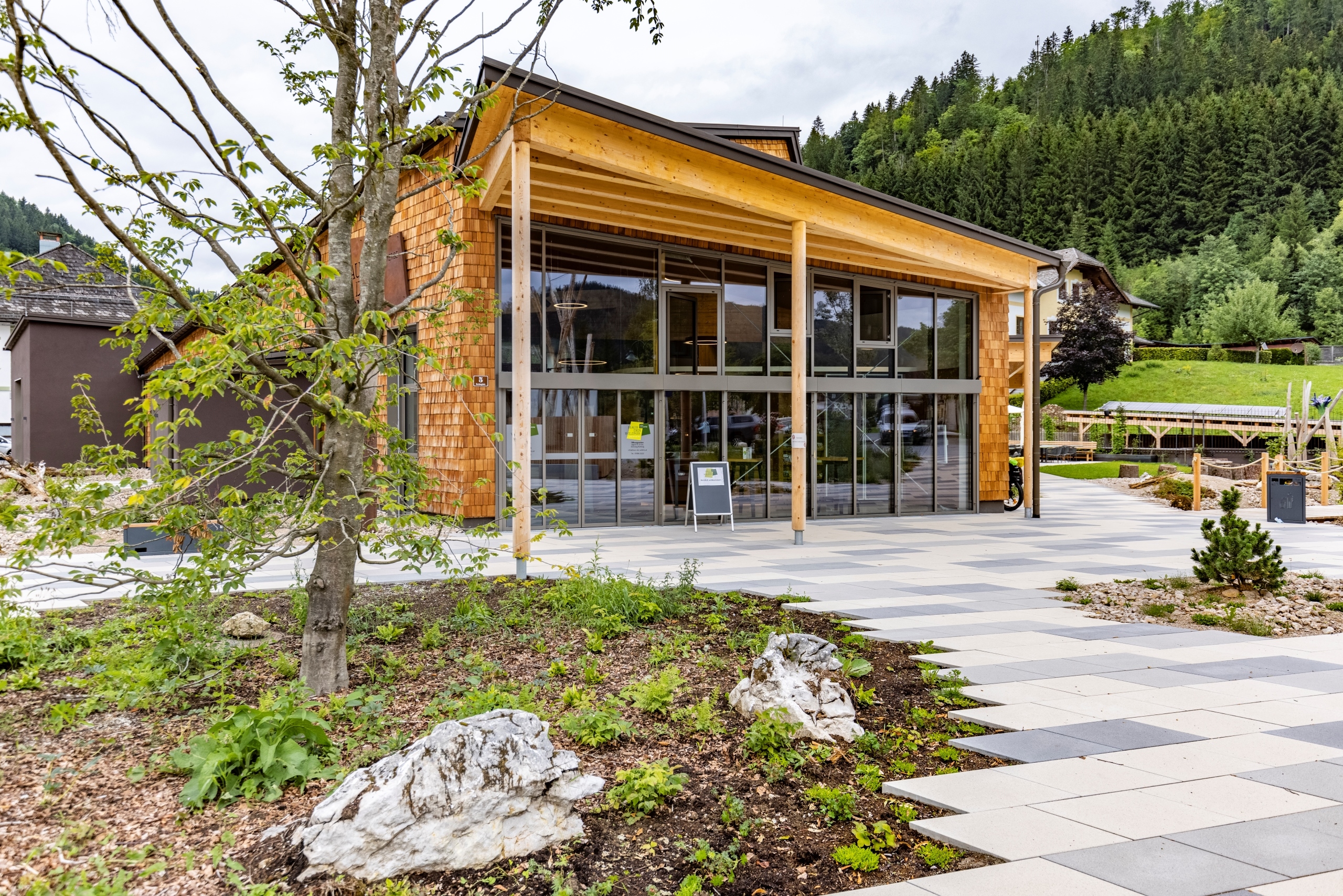Styrian wilderness area now a UNESCO World Heritage Site

Thanks to the merger with the Dürrenstein UNESCO World Heritage Site, Styria now officially has a UNESCO World Heritage Site: Lassingtal, which was placed under strict protection in 2021. This has created a unique protected area in Europe with the largest remaining primeval beech forest in the Alpine arc.
First UNESCO World Heritage Site
The Rothwald primeval forest in the Dürrenstein region became Austria's first UNESCO World Heritage Site in 2017, putting it on a par with Yellowstone Park and the Galapogos Islands. "The ancient beech forests and primeval beech forests of the Carpathians and other regions of Europe became a UNESCO World Heritage Site in 2017 and are Austria's first natural World Heritage Site.
They represent an extension of the areas in Slovakia, Ukraine and Germany already inscribed in 2007 and 2011. With a core zone covering a total area of 92,023.24 ha, the beech forests are the world's largest World Heritage site in terms of area on the UNESCO World Heritage List.
There are 7,119 ha of this area in Austria, the remaining areas are in Albania, Belgium, Bulgaria, Croatia, Germany, Italy, Romania, Slovakia, Slovenia, Spain and Ukraine," writes UNECSO.
"A wilderness area for 20 years, a UNESCO World Heritage Site for six years and a primeval forest since time immemorial. We have every right to be proud of our unique wilderness area. I am all the more pleased that the UNESCO World Heritage classification has now been extended to the Styrian part," said Deputy Provincial Governor Stephan Pernkopf, expressing his delight at this cross-border nature conservation success and congratulating Nature Conservation Councillor Ursula Lackner and Sustainability Councillor Johann Seitinger.
Dürrenstein primeval forest area
The Dürrenstein-Lassingtal wilderness area covers 3,500 hectares in Lower Austria, 400 hectares of which are primary primeval forest, in the southern part of the Scheibbs district, near the mighty Ötscher mountain. In 2021, the wilderness area was doubled by a further 3,500 hectares on the Styrian side to a total of 7,000 hectares.
.jpg)
Gravel banks in Lassingtal ©️Christoph Leditznig
"The expansion of the wilderness area was already a milestone for Austrian nature conservation. A forest ecosystem with primeval giant trees, untouched mountain slopes and crystal-clear watercourses that is unique in Europe and untouched by humans, which should be preserved for all time. The UNESCO World Natural Heritage designation is both an award and a mission for our countries," said Pernkopf.
Rothschild family laid the foundation stone
Characteristic and unique is the great age of the trees, which are between 400 and 1,000 years old. The area is home to the Ural owl, lynx and many other extremely rare animal and plant species. The foundation stone for the preservation of the forests was laid in 1875 by the then owner Albert Rothschild, who decreed that the so-called Rothwald should not be used for forestry and should continue to be left to its own devices.

Ural owl ©️Christoph Leditznig
The Austrian Federal Forests are the landowner of 80% of the protected area, whereby the Styrian part is entirely federal forest land. This means that ÖBf has contributed the majority of the land and is also active in protected area management, as four ÖBf employees are currently part of the protected area management team.
"House of the wilderness" in Lunz am See
In recent years and decades, the area has been placed under strict nature conservation by Lower Austria, successively expanded and a wilderness area administration established, which has been located in the new "House of Wilderness" in Lunz am See since 2021. Since then, the wilderness area center has also been an information center for young and old, a research facility and contact point and starting point for expeditions and hikes on an exhibition area of around 700 square meters.

House of Wilderness ©️ Theo Kust
Cover photo primeval forest Rothwald ©️Hans Glader






